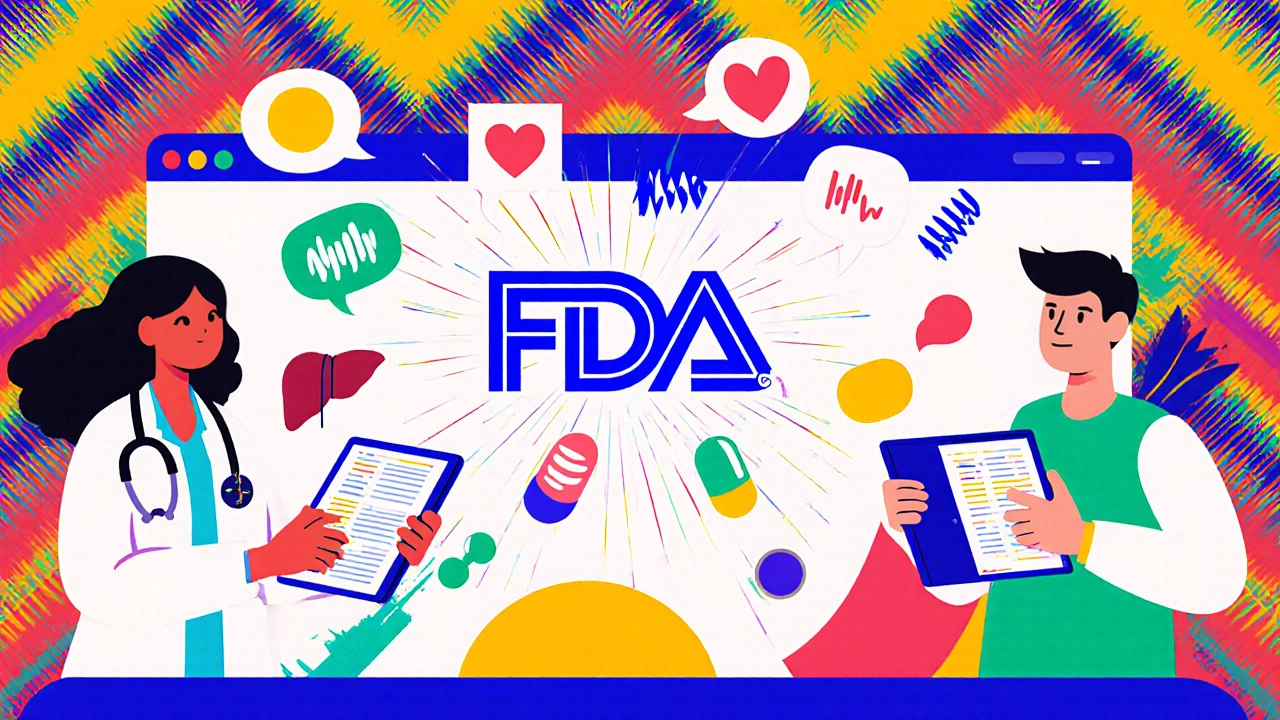Postmarket Surveillance: How Drugs Are Monitored After Approval
When a drug hits the market, the job isn’t done—postmarket surveillance, the ongoing monitoring of drug safety after regulatory approval. Also known as pharmacovigilance, it’s how we find problems that clinical trials missed—like rare side effects, long-term risks, or dangerous interactions that only show up when thousands of people use a drug daily. Clinical trials involve a few thousand people over months. Real life? Millions use the drug for years, often with other medications, chronic conditions, or genetic differences. That’s where postmarket surveillance steps in.
This system relies on data from doctors, patients, pharmacies, and health agencies like the FDA, the U.S. agency that tracks drug safety and enforces reporting rules and the EMA, Europe’s equivalent that coordinates safety monitoring across member states. When a pattern emerges—say, more reports of liver damage with a certain statin, or sudden dizziness linked to a new antidepressant—these agencies investigate. They don’t wait for headlines. They dig into databases, hospital records, and voluntary reports from you and your provider.
It’s not just about pulling drugs off shelves. Sometimes it means updating labels to warn about risks, changing dosing rules, or requiring doctors to check blood work before prescribing. You’ve seen those fine-print warnings on pill bottles? Those often came from postmarket surveillance. It’s how we learned that some antihistamines cause dangerous drowsiness in older adults, or that steroid injections can weaken joints over time. It’s also why drugs like Efavirenz or Saxagliptin now carry specific warnings for brain fog or kidney strain—because someone, somewhere, reported it.
And it’s not passive. Patients reporting side effects through apps, pharmacies flagging unusual prescriptions, hospitals tracking adverse events—these are all part of the system. If you’ve ever wondered why your doctor asks, "Did anything change since you started this med?"—that’s postmarket surveillance in action. It’s the quiet, constant watch that keeps drugs safe after they leave the lab.
Below, you’ll find real-world examples of how this system plays out: from how EMA and FDA labeling differ in how they communicate risk, to why some side effects only show up years later, and how simple things like pill burden or patient education can affect how safely a drug is used. These aren’t abstract policies—they’re stories of real people, real drugs, and the systems that try to protect them.

How the FDA Monitors Drug Safety After Medication Approval
The FDA uses advanced systems like FAERS and Sentinel to monitor drug safety after approval, catching rare side effects and real-world risks that clinical trials miss. Learn how reports, AI, and real-time data protect patients.